的点评
Visit natural cave formation
Ryusendo Limestone Cave的点评
点评:Ryusendo Cave is one of the three great limestone caves of Japan. Although known to exist for ages the caves were only first explored in 1920. The caves are located at the bottom of Mount Ureri. The main cavern runs along the line of the ridge above with many branches; with 2½ miles explored so far, only ½ a mile is open to the public which we walked over. The path is quite narrow and slippery in part with the lighting subdued due to the protection of 5 species of bats, out of forty found in Japan, which inhabit the cave. These small bats are mainly nocturnal and eat insects. They are considered important locally as they control the population of harmful insects in their ecosystem. Each of the bat colonies have their own echo locating signals to communicate.
The cave system is divided by River Shizu, parts of water from the cave runs in to Shizu River and then flows in to the other part of the cave system. As expected several stalagmites, deposits formed from the ground, are formed. Some are said to resemble Jizo, a guardian deity of travellers and children and Jizo, is treated as a shrine with coin box. . It is believed that it takes 50 years for 1 cm to grow a stalagmite from the base of the cave and 100 years to form 1 cm of stalagmite (they form downward from the ceiling of the cave). There is a information centre, a shop selling local produce and a small cafe which sells freshly prepared 'onigiri'. Onigiri is a freshly cooked rice, so hot, which wrapped around a variety of meats, fish and vegetables or a mixture of them all if you request it in to a ball. You may add various sauces in the centre before the rice ball is wrapped in cooked seaweed. It was ‘ohysee’ - delicious in Japanese.
Across the road there is ample car park and a cafeteria with a shop, ice cream parlour, local beer and has toilet facilities.
The cave system is divided by River Shizu, parts of water from the cave runs in to Shizu River and then flows in to the other part of the cave system. As expected several stalagmites, deposits formed from the ground, are formed. Some are said to resemble Jizo, a guardian deity of travellers and children and Jizo, is treated as a shrine with coin box. . It is believed that it takes 50 years for 1 cm to grow a stalagmite from the base of the cave and 100 years to form 1 cm of stalagmite (they form downward from the ceiling of the cave). There is a information centre, a shop selling local produce and a small cafe which sells freshly prepared 'onigiri'. Onigiri is a freshly cooked rice, so hot, which wrapped around a variety of meats, fish and vegetables or a mixture of them all if you request it in to a ball. You may add various sauces in the centre before the rice ball is wrapped in cooked seaweed. It was ‘ohysee’ - delicious in Japanese.
Across the road there is ample car park and a cafeteria with a shop, ice cream parlour, local beer and has toilet facilities.
翻译:龙泉洞是日本三大石灰岩洞窟之一。虽然已知该洞窟存在已久,但直到 1920 年才首次被探索。该洞窟位于 Ureri 山脚下。主洞窟沿着山脊延伸,有许多分支;目前已探索了 2.5 英里,但只有 0.5 英里向公众开放,我们就是经过了这一段。这条小路非常狭窄,部分地方很滑,灯光很暗,因为要保护 5 种蝙蝠,而日本有 40 种蝙蝠栖息在洞窟中。这些小蝙蝠主要在夜间活动,以昆虫为食。它们在当地很重要,因为它们控制着生态系统中有害昆虫的数量。每个蝙蝠群都有自己的回声定位信号进行交流。
洞穴系统被 Shizu 河分开,洞穴中的部分水流入 Shizu 河,然后流入洞穴系统的另一部分。正如预期的那样,这里形成了数个石笋,即从地面形成的沉积物。据说有些石笋类似于地藏菩萨,地藏菩萨是旅行者和儿童的守护神,被视为带有硬币箱的神社。据信,从洞穴底部长出 1 厘米的石笋需要 50 年,而形成 1 厘米的石笋则需要 100 年(它们从洞穴的天花板向下形成)。这里有一个信息中心、一家出售当地农产品的商店和一家出售新鲜烹制的“饭团”的小咖啡馆。饭团是一种刚煮好的热米饭,包裹着各种肉类、鱼类和蔬菜,或者如果您要求将其揉成球状,可以将它们混合在一起。在将饭团包裹在煮熟的海藻中之前,您可以在中间添加各种酱汁。这真是“ohysee”——日语中的美味。
马路对面有充足的停车场和一家自助餐厅,内设商店、冰淇淋店、当地啤酒和卫生间设施。
洞穴系统被 Shizu 河分开,洞穴中的部分水流入 Shizu 河,然后流入洞穴系统的另一部分。正如预期的那样,这里形成了数个石笋,即从地面形成的沉积物。据说有些石笋类似于地藏菩萨,地藏菩萨是旅行者和儿童的守护神,被视为带有硬币箱的神社。据信,从洞穴底部长出 1 厘米的石笋需要 50 年,而形成 1 厘米的石笋则需要 100 年(它们从洞穴的天花板向下形成)。这里有一个信息中心、一家出售当地农产品的商店和一家出售新鲜烹制的“饭团”的小咖啡馆。饭团是一种刚煮好的热米饭,包裹着各种肉类、鱼类和蔬菜,或者如果您要求将其揉成球状,可以将它们混合在一起。在将饭团包裹在煮熟的海藻中之前,您可以在中间添加各种酱汁。这真是“ohysee”——日语中的美味。
马路对面有充足的停车场和一家自助餐厅,内设商店、冰淇淋店、当地啤酒和卫生间设施。
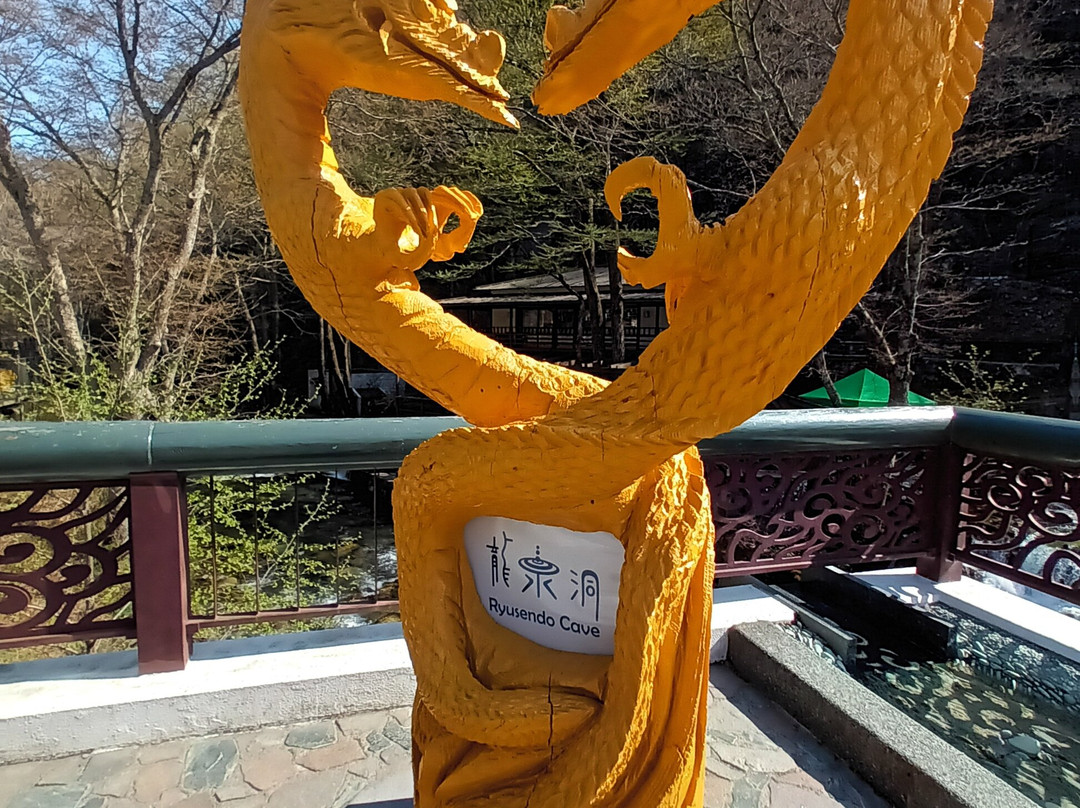
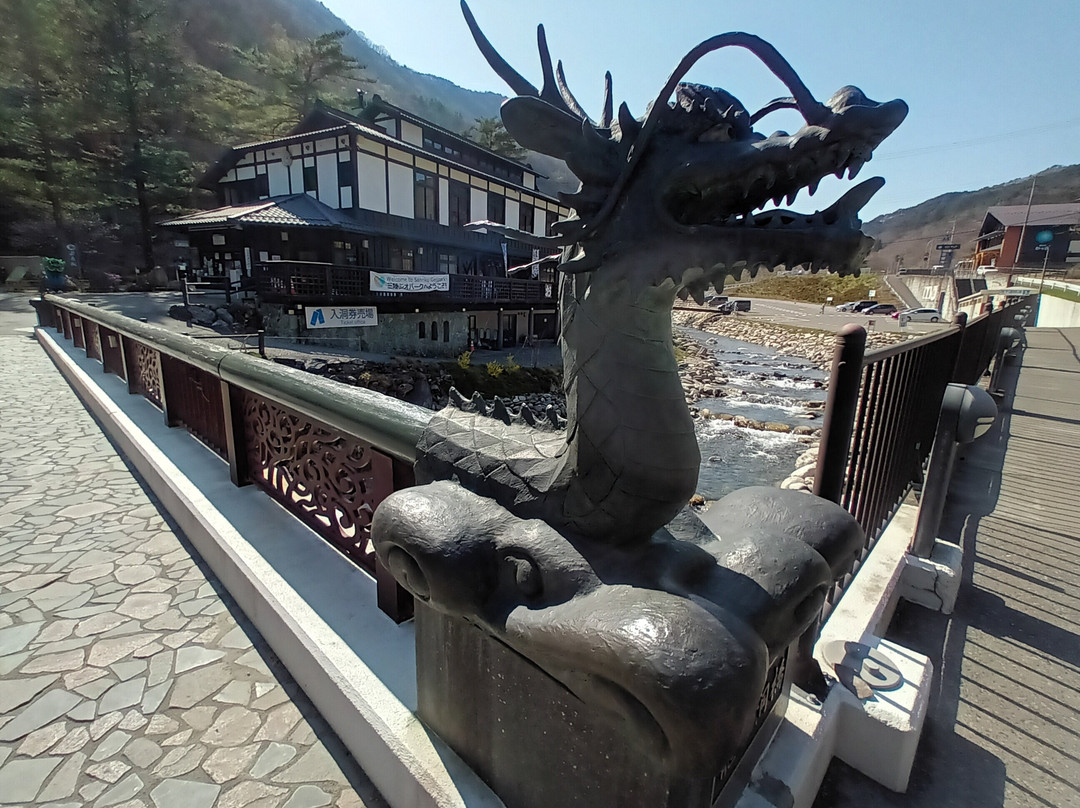
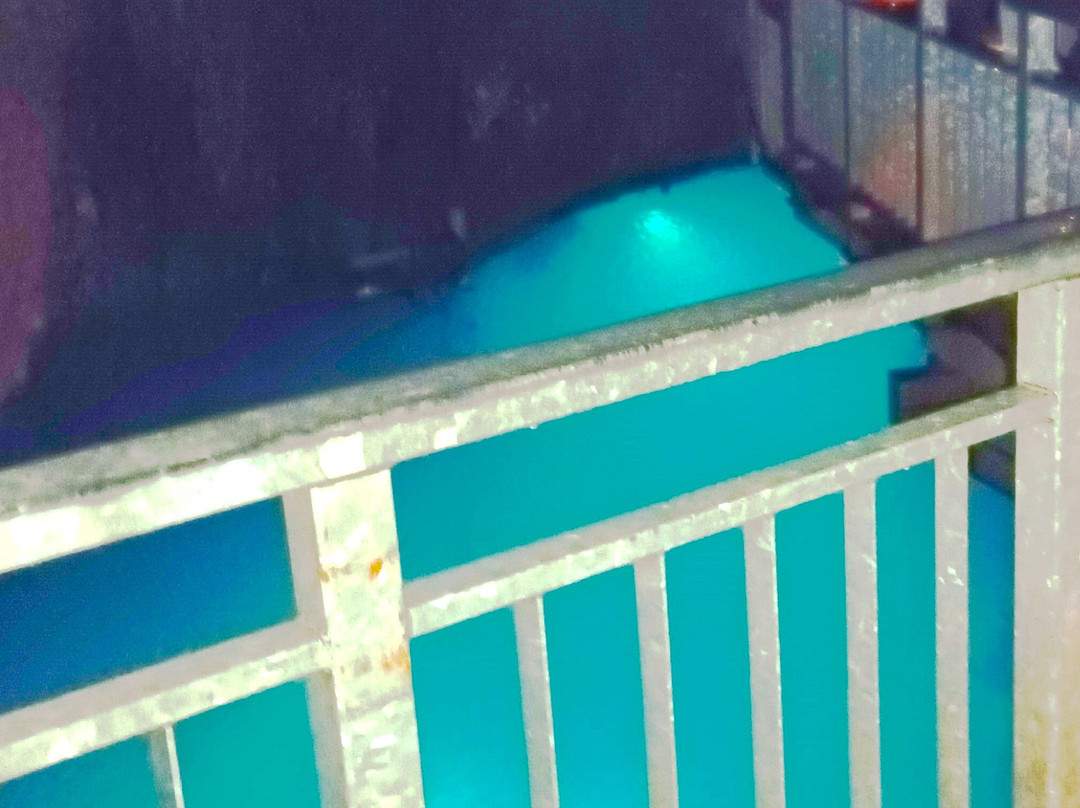
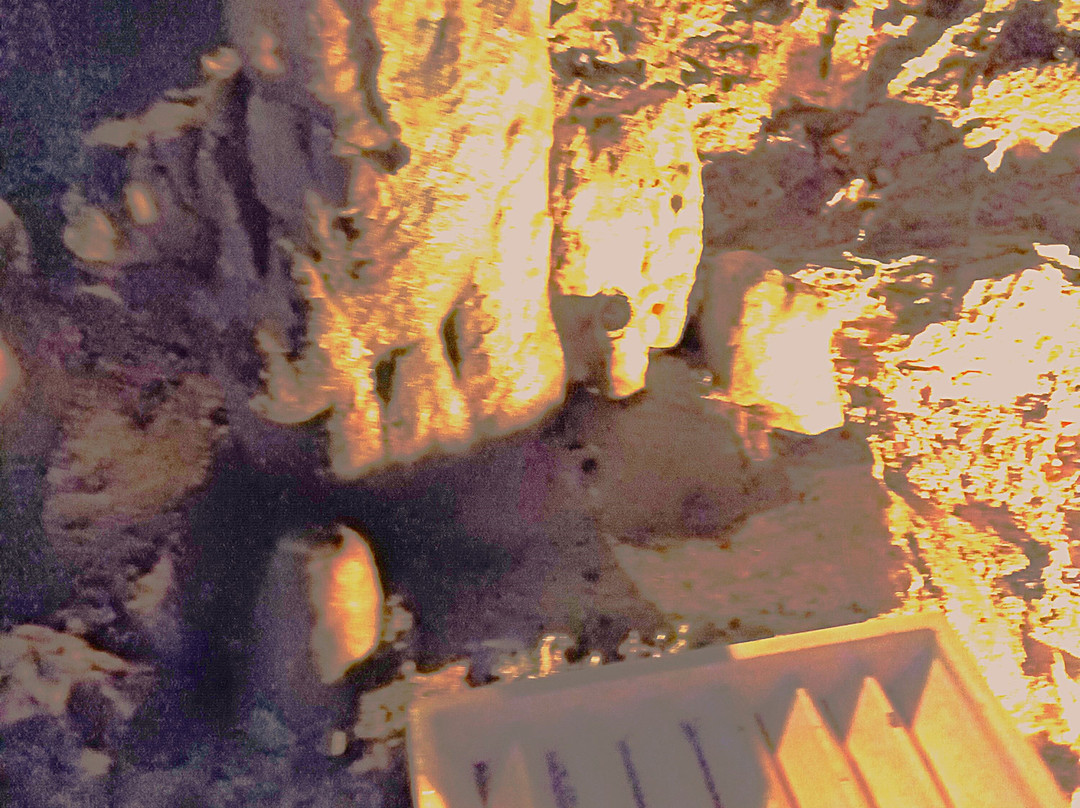
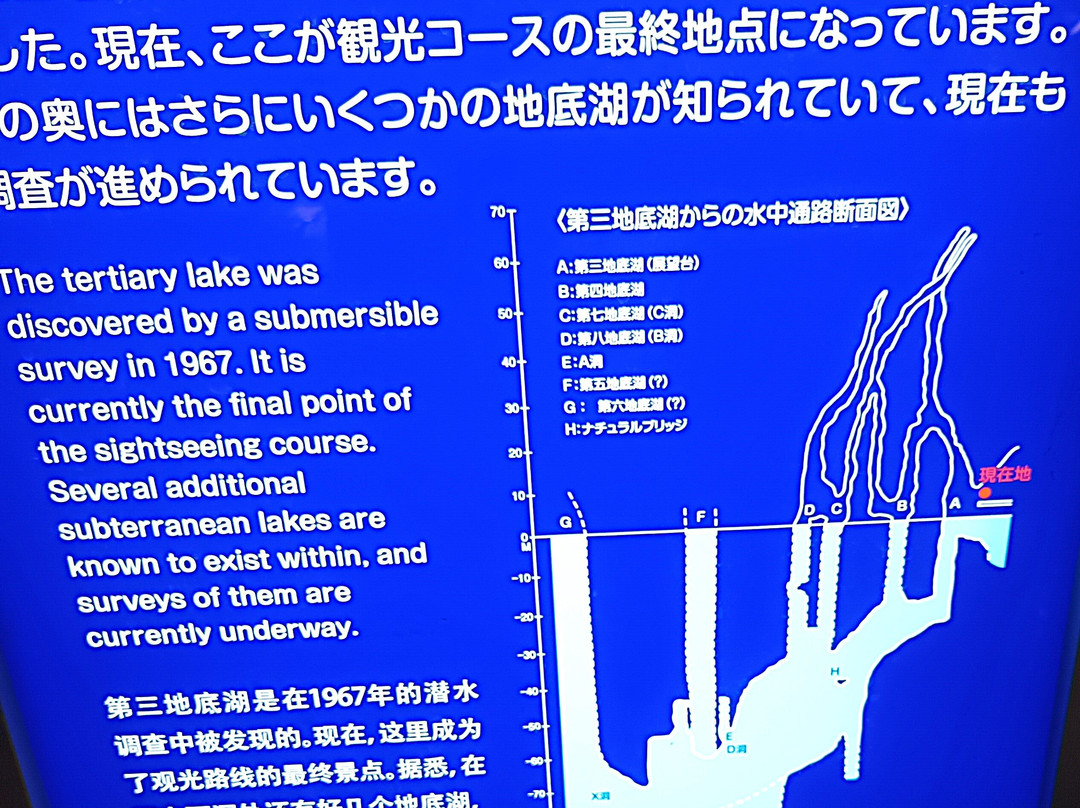
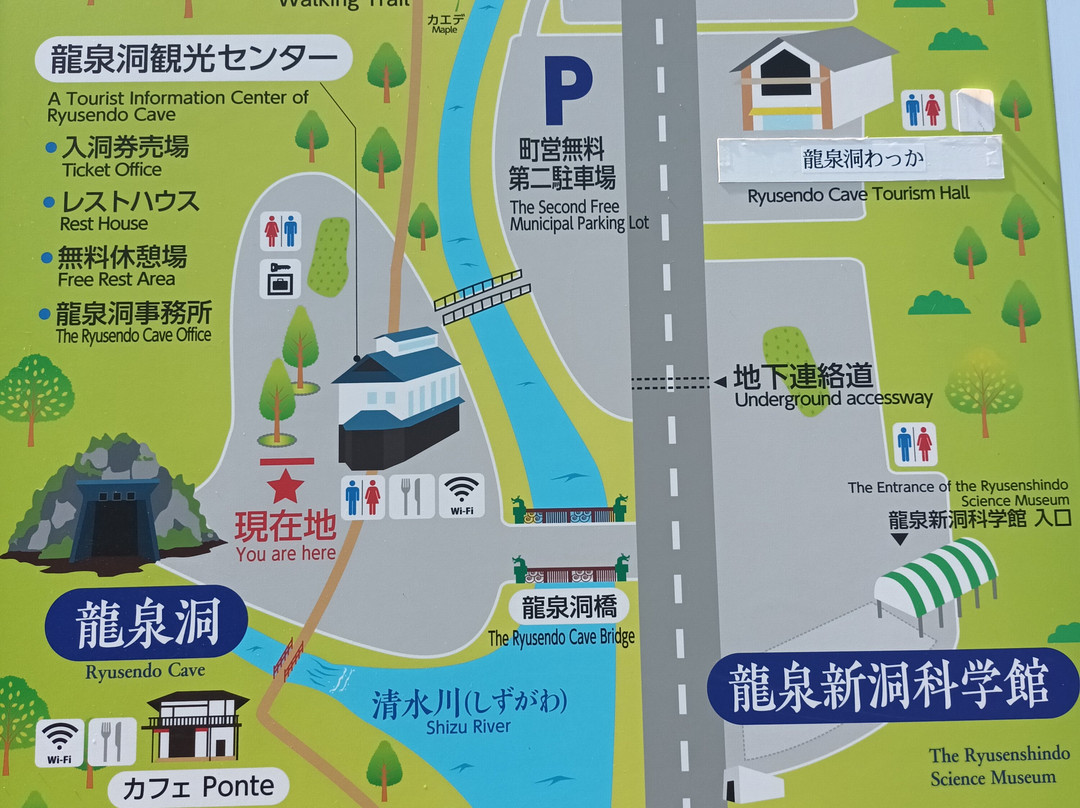
此点评仅代表旅行者个人的主观意见,并不代表TripAdvisor以及其合作方的意见。
关于我们
|
新闻动态
|
商务合作
|
会员中心
|
业主中心
|
业主通
|
常见问题
|
意见反馈
|
联系我们
|
营业执照
© 2025 Tripadvisor 版权所有。
使用条款 |隐私政策 |网站工作原理
部分照片由 VFM Leonardo 提供。
* Tripadvisor不是旅行社,也不是旅游预订服务代理商。我们提供免费、客观、公正的旅游资讯服务。 (显示更多)
TripAdvisor LLC 既不是预订代理商,也不是旅游运营商,不会向网站用户收取任何服务费。 按照规定,在 Tripadvisor 发布机票价格、游览和旅行套餐的合作伙伴(航空公司、旅行提供商及预订代理商),其标价须包含所有费用和附加费用。 例如, 机场出入境税费、消费税与其他服务费、手续费、杂费及附加费用。 当您向我们的某个合作伙伴进行预订时,请务必查阅他们的网站以了解当地行政部门要求的所有适用费用的具体情况。 除非另有说明,机票价格通常指的是一个人的价格(以人民币计)。
为方便起见,TripAdvisor LLC 根据从我们的预订合作伙伴获取的空房率计算每个酒店的均价。 对于游览和景点来说,所显示价格通常是每位成人的最低可用价格。 对于列出的任何旅行套餐或优惠,TripAdvisor LLC 无法保证任何特定的费率或价格。 此外,酒店均价每晚会更新,并以您的首选币种表示(使用现行汇率)。 由于这些已换算的价格是预估价格,因此,有关具体金额和币种请与预订网站进行核实。
此外,TripAdvisor LLC 无法保证我们网站上宣传的价格随时有效。 标价可能需要预订一定天数才能生效,或有不可用日期、使用条件或限制。
TripAdvisor公司对外部网站的内容一概不负责。优惠价格中不含税和其他费用。
ICP证:沪B2-20200433
沪ICP备20013175号
 沪公网安备31010502005427号
沪公网安备31010502005427号鹰程信息技术(上海)有限公司
货币/国家及地区
¥CNY
中国

